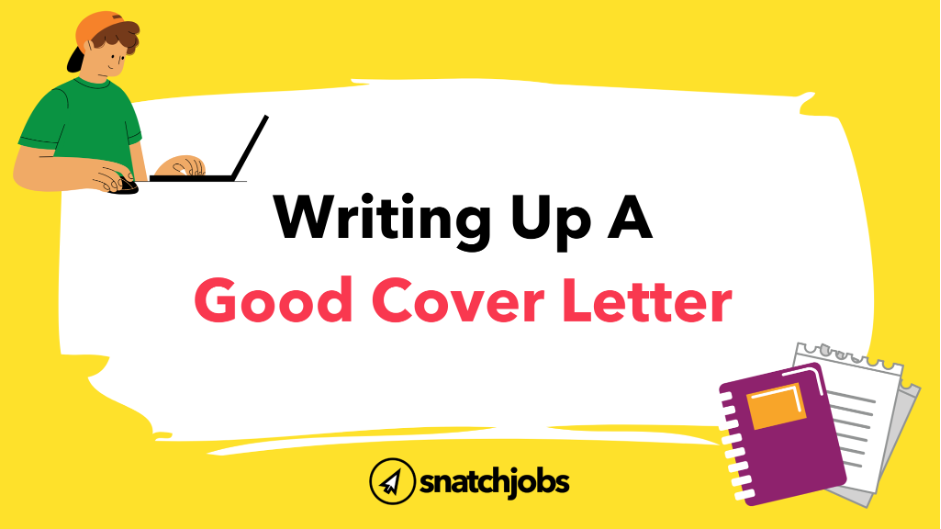
Introduction
Oftentimes when you first apply for a job position, the first thing a potential employer will require from you is a resume. Many people overlook and underestimate the importance of building a good resume. As important as first impressions are, a resume can be seen as a first impression in the form of a document.
What is a Resume?
A resume is a written compilation of your
education, work experience, credentials, and accomplishments. The moment you
submit your resume, you are already part of the application process. On that
account, it’s important to put time and effort into building and polishing an
effective resume.
Some may have the misconception that a
resume shows only your work experience, what you can do and your personal
particularity. However, how the resume is laid out and presented plays an
important role in forming the first impression in the reader’s mind, which is
probably the HR or employers of the company you applied for. The resume should
be kept short and to the point, but also bearing in mind that it should stand
out from the rest with the necessary information for the hirers to take notice
of.
Other than informing your potential employers of your capabilities, a resume also sets the tone of how you showcase the best version of your professional prowess.
Purpose and Importance of a resume
Writing an effective resume is an essential step in the job search process. It determines whether the hiring manager would be interested in arranging an interview to further decide if you will be a good fit for the company. With the increasingly competitive candidate pool, many applicants are expected to apply for the same job and send in resumes. This also means that it will be more challenging to stand out.
So what can you do to make sure your resume is the one that catches the eye of your prospective employer rather than having it just glossed over and forgotten about?
- It has been scientifically proven that employers often take no more than 60 seconds or less to form an impression based on the resume.
What can you do
to create a connection with the prospective employer without having actually
met them yet?
- It is crucial to show what you can contribute to the organizational and functional needs of the corporation. Your resume should reflect your skills, abilities, and experience to indicate that you are a suitable candidate for the position. You need to cater your profile to the position requirements and responsibilities.
How
far back should my resume go?
Given that you have spent some time in the workforce, you have a few experiences here and there. You may be wondering if you should include all of your experience? How much past working experience is enough to convince a hiring manager?
- Do keep in mind that the strengths you choose to include and responsibilities you have previously held should be precise and to the point.
-
Usually, a resume should not go
back more than 10-15 years. Having multiple full-time positions in different
companies in a short period of time on your resume may make you seem like a
job-hopper which is usually unappealing to employers. Even so, it varies for
every applicant!
Conclusion
Now with a better understanding of how a
resume can better add value to your professional profile, you can start to pen
down your working experience and plan what should and should not be included to
build an impressive resume. If you are interested in finding out more about
various strategies to build your resume with the aim to impress potential
employers, check out the many other articles available on Snatchjobs’s blog!

















